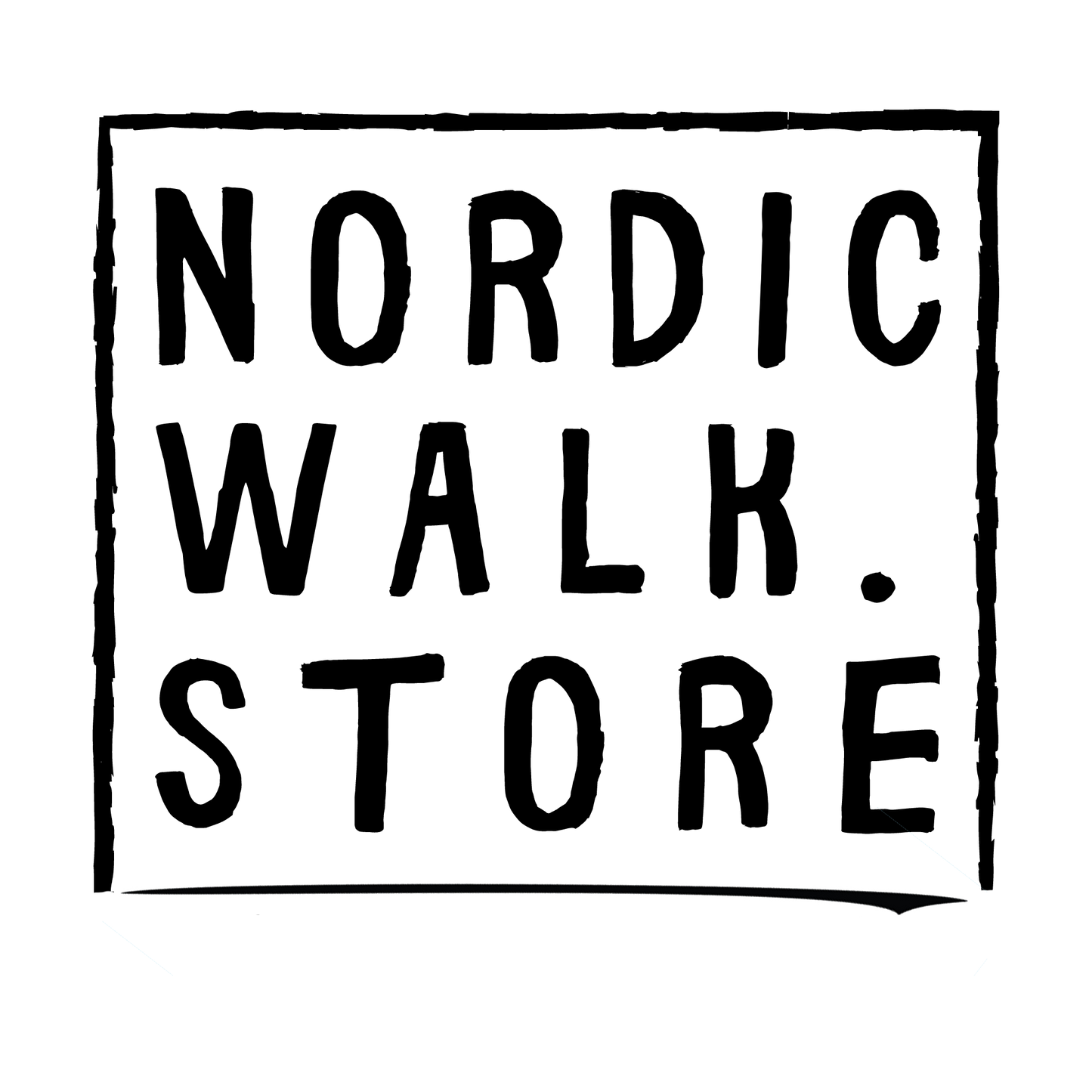
High-intensity interval training (HIIT) has become one of the most effective and time-efficient ways to improve fitness and burn fat. While many people associate HIIT with sprinting or cycling, Nordic Walking—especially uphill—can be a powerful and accessible way to get the same benefits. Hill reps, or repeated walking intervals up an incline, are a great HIIT training method for those who want to improve strength, endurance, and overall health without the high impact of running or other intense cardio exercises. It is also perfect for race training!
Here’s why hill reps are a perfect choice for HIIT training when Nordic walking:
- Increased Caloric Burn
Walking uphill requires significantly more energy than walking on flat ground. The added resistance of the incline activates larger muscle groups, such as the glutes, hamstrings, and calves, which increases the calorie burn. Because HIIT involves short bursts of intense effort followed by recovery periods, hill reps can elevate your heart rate quickly and create a highly effective fat-burning workout. The afterburn effect (excess post-exercise oxygen consumption, or EPOC) means you’ll continue burning calories even after your workout is over.
- Builds Muscular Strength and Endurance
When you walk uphill, your body engages more muscles to fight gravity. This provides a strength-training component often absent in flat-ground walking. Over time, hill reps help build stronger legs, particularly targeting muscles like the quadriceps, glutes, hamstrings, and calves. This enhanced muscle engagement not only tones your lower body but also builds endurance, allowing you to walk faster and farther on flat surfaces as well.
- Low-Impact and Joint-Friendly
One of the greatest advantages of Nordic walking as a form of exercise is that it’s gentle on the joints, especially compared to running. Adding hills to the mix makes Nordic walking a more intense workout without the pounding impact that could strain knees, hips, or ankles. Hill reps combine the low-impact nature of Nordic walking with the intensity of interval training, making them perfect for people of all fitness levels, especially those recovering from injuries or looking to avoid high-impact activities.
- Heart and Lung Benefits
HIIT is known for its cardiovascular benefits, and hill reps are no exception. Walking uphill pushes your heart rate into higher zones quickly, improving cardiovascular fitness and lung capacity over time. These short bursts of intense uphill effort followed by periods of downhill recovery mimic the on-and-off nature of traditional HIIT, offering the same heart-strengthening benefits without needing to sprint or run.
- Time-Efficient Workouts
One of the biggest selling points of HIIT is its efficiency. You can achieve a full-body, fat-burning workout in less time than a steady-state cardio session. Hill reps follow the same principle—because of the intensity required to climb hills, even short intervals (such as 30 seconds to 2 minutes) can lead to significant fitness improvements. A 20-30 minute hill rep workout can yield similar, if not better, results than an hour of Nordic walking on flat terrain.
- Improves Balance and Stability
Walking uphill forces your core muscles to engage more than they would on flat terrain, helping you stay upright and stable. Additionally, walking downhill during the recovery phase of hill reps requires careful attention to balance and control, which strengthens stabilizer muscles in your ankles and knees. Over time, these improvements in balance and stability can reduce your risk of falls and improve overall functional fitness, which is especially important as you age.
- Versatile and Accessible
Hill reps can be adapted to any fitness level. Beginners can start with gentle inclines and shorter intervals, while more advanced exercisers can tackle steeper hills or extend their work intervals.
How to Incorporate Hill Reps into Your Nordic Walking Routine
To start integrating hill reps into your Nordic walking routine, follow these simple steps:
- Warm Up – Begin with a 5-10 minute warm-up on flat terrain to get your muscles ready and your heart rate up.
- Choose an Incline – Find a hill in your area, start with a moderate grade of 5-10% if you’re new to hill Nordic walking, as you improve you can go steeper and longer!
- Work Interval – Nordic walk uphill for 30 seconds to 2 minutes at a brisk pace. Focus on maintaining good posture, engaging your core, and using your arms as well as your legs to power your movement. Lean into the slope from your ankles and keep the body long.
- Recovery Interval – Turn around and Nordic walk back downhill for a 1-2 minute recovery period. Keep thepoles angled behind you and sit back into the slope so your thighs take the load.
- Repeat – Aim to complete 6-10 rounds of hill reps, adjusting the intensity and number of reps based on your fitness level.
- Cool Down – Finish with a 5-minute Nordic walk on flat terrain and do some stretching exercises afterwards.
For a review of Nordic Walking hill technique check out my video here
Final Thoughts
Hill reps are a fantastic way to combine the benefits of HIIT with the joint-friendly nature of Nordic walking. This simple but effective workout can help you burn fat, build muscle, and improve your heart health, all while being gentle on your body. Plus, it’s adaptable to all fitness levels and easy to incorporate into your regular Nordic walking routine. If you’re looking for a time-efficient, challenging, and rewarding workout, hill reps might just be the perfect addition to your training regimen. If you want to take your hill reps to the next level, then come and join me on the Big Dipper at Merthyr Mawr, just down the road from our base. At 61 metres it’s the second biggest sand dune of its kind in Europe… come on you know you want to!!
Karen Ingram is an INWA International Trainer and has Nordic Walked for over 18 years. She co-founded Nordic Walk Store in 2008.
